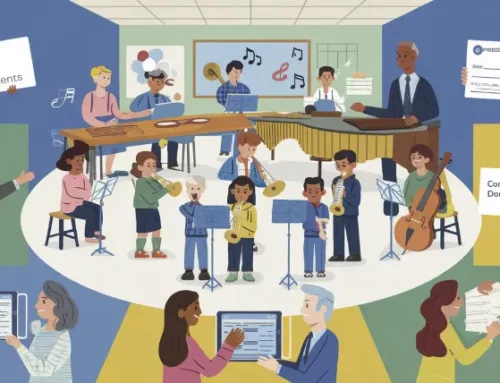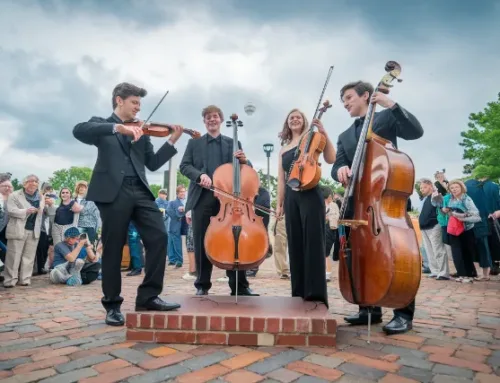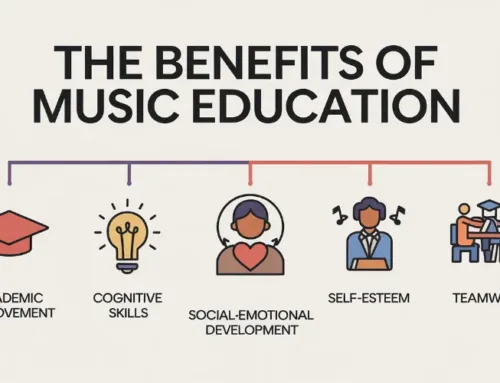Music has long been a powerful medium for expressing devotion and connecting with the divine. In the realm of Christian worship, music has always been central, from hymns to Jubal, the son of Lamech, mentioned in Genesis as playing stringed instruments. It’s a stretch to imagine he might have been strumming a six-string, but today the guitar holds a special place in worship music.
If you’re seeking to write a worship song on the guitar, this article will guide you through the process, offering valuable insights and examples along the way.
Understanding the Heart of Worship
Before you embark on your songwriting journey, it’s essential to grasp the essence of worship. Worship songs are not merely artistic creations but heartfelt expressions of love, adoration, and praise towards a higher power. They are vehicles for connecting with God and conveying the message of faith to the congregation. Take time to reflect on your own personal experiences, faith, and the themes that resonate within you.
That is certainly something Chris Tomlin did in “How Great is Our God”. The song is a beautiful expression of the greatness and majesty of God. The lyrics invite believers to join in awe and wonder, proclaiming the greatness of the Creator.
Grasping the Basics of Song Structure
The basics of song structure remain the same across genres – song writer Bacon James explains how chord progression and dynamics are important in all guitar music, and fundamentals to consider when penning a song. In worship music, a common structure follows a verse-chorus format, often with bridges or pre-choruses. This structure provides a familiar framework for congregations to follow and participate in worship, which sets is important to consider when sitting down to write a worship song.
Matt Redman wrote “Blessed Be Your Name,” which is a track that captures the essence of worship through its well-crafted structure. It begins with a verse that sets the theme of recognizing God’s goodness in all circumstances. The chorus follows, reinforcing the message of praise and surrender. The song incorporates a bridge that builds to a powerful climax, expressing unwavering trust in God but allowing a congregation to follow and join in.
Choosing Melodies and Chords
Melodies and chords lay the foundation of any song. They create an emotional atmosphere and serve as a vehicle to convey the intended message without words. Try to experiment with various chord progressions and melodies to evoke the emotions you want to express. Worship music often utilizes open chord voicings and arpeggios to create a spacious and reverent sound.
The right choice of melody and chords uplift the track “Everlasting God” by Brenton Brown to exemplify this point. A simple yet powerful chord progression (G, C, Em, D) in combination with the soaring melody, creates an atmosphere of faith and trust in God’s everlasting presence and strength.
Crafting Lyrics with Depth
The lyrical content of a worship song should connect with the heart of the worshipper. Seek to write lyrics that are relatable, filled with Biblical truths, and focused on God’s character and actions. Consider incorporating vivid imagery, metaphors, and personal stories that resonate with your congregation.
A worship song is marked out by its lyrics – structurally, it can reflect music from any other genre, but the lyrics are what sets it apart. “How Deep the Father’s Love for Us” by Stuart Townend reflects on the sacrificial love of God, expressed through the death of Jesus on the cross. The powerful imagery and personal reflection help believers connect with the depth of God’s love and respond with gratitude.
Adding Dynamics and Instrumentation
To bring your worship song to life, utilize dynamics to create a sense of anticipation, crescendos to build intensity, and decrescendos to create moments of intimacy. Consider adding other instruments, such as piano, drums, or strings, to enhance the overall sound, as in the case of “Holy Spirit” by Bryan and Katie Torwalt.
This track truly showcases the effective use of dynamics and instrumentation. It starts softly and gradually builds, creating a sense of expectation and reverence, but the male and female voice also adds a layer of representation and inclusivity. The addition of instruments, including piano and drums, adds layers of depth and energy, enhancing the overall worship experience.
Conclusion
Writing a worship song on the guitar is a beautiful journey that requires a combination of creativity, faith, and dedication. By understanding the heart of worship, you can create music that resonates with both you and your congregation. Embrace the process, and let your songs become a gateway to divine connection and inspiration.
If you enjoyed this article, you might also like our piece titled Choosing Relatable Repertoire.
Written exclusively for practicingmusician.com
By Jen Beets






Leave A Comment
You must be logged in to post a comment.